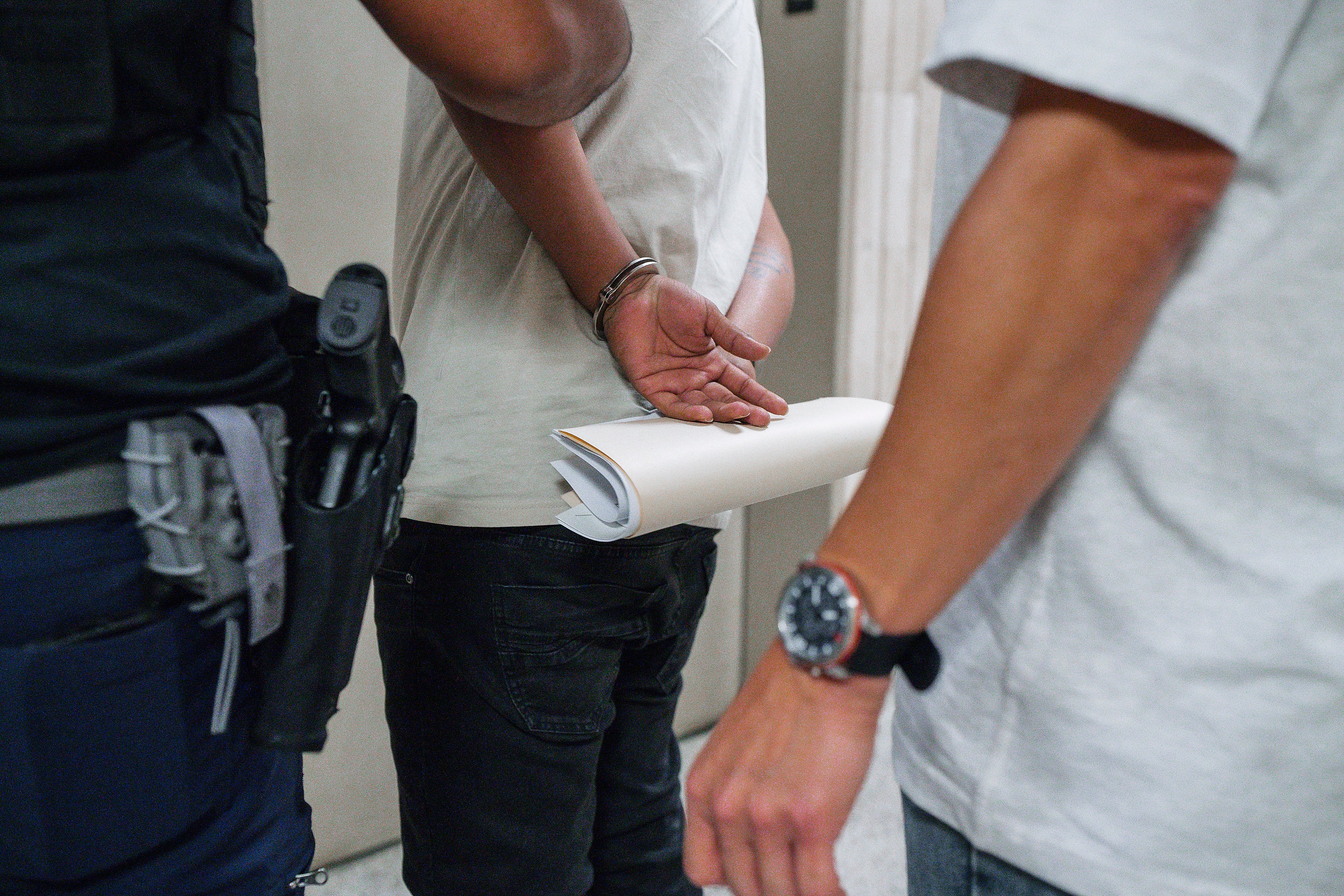When complete, China’s first modern aircraft carrier will be a great leap forward, but still not a game-changer as far as the U.S. Navy is concerned, experts tell Military Times.
The Type 003, China’s first modern aircraft carrier, will enable the People’s Liberation Army Navy to project power past the “first island chain,” says a report recently published by Taiwan’s Ministry of National Defense. The “first island chain” refers to the major archipelagos out from the East Asian mainland coast stretching from the Kamchatka Peninsula in the northeast to the Malay Peninsula in the southwest, including U.S. interests and allies such as Taiwan and the Philipines.
China’s new carrier is expected to be fully operational by 2025 and will feature advanced electronic warfare devices and a modern catapult system. While these advancements represent a significant technological leap for Beijing, experts who spoke with Military Times did not believe its development would detract from U.S. operations in the Pacific theater.
“This carrier will certainly impact the PLANs maritime capabilities vis a vis its East and South Asian neighbors by the end of this decade, but it will not significantly impact U.S. warfighting capabilities in the Western Pacific,” Mark Montgomery, a Senior Fellow at Foundation for Defense of Democracies.
According to multiple experts who spoke to Military Times, a significant capability included in the Type 003, which is not present in Beijing’s other two carriers, is the Catapult Assisted Takeoff But Arrested Recovery (CATOBAR) system used to launch and recover aircraft.
“There are currently only two countries, the U.S. and France, that utilize CATOBAR launch systems, so the Type 003 will put China in an elite group,” Matthew P. Funaiole, Senior Fellow, China Power Project and Senior Fellow for Data Analysis, at the Center for Strategic and International Studies told Military Times.
Currently, China operates two carriers who use STOBAR, or Short Takeoff But Arrested Recovery. This system utilizes a deck that utilizes a “ski jump” to assist aircraft during takeoff rather than a catapult. While STOBAR is a cheaper system to both build and operate, there are significant drawbacks to STOBAR. These include weight limitations that impact the payload size of aircraft and restrictions on what kinds of aircraft can launch VIA STOBAR.
“The increased size of the 003, paired with a greatly improved launch system when compared to its predecessors, also opens the door to a larger and more diverse carrier airwing down the road,” Craig Singleton, an adjunct fellow at Foundation for the Defense of Democracies, told Military Times.
While it is known that the Type 003 is incorporating a state-of-the-art launch and recovery system, it is anticipated that Beijing will equip the carrier with advanced Electronic Warfare (EW) capabilities. However, due to the speed at which technology advances, this suite’s full scope and effectiveness will probably not be evident until the ship sets sail.
While the Type 003 “boasts” significant new EW technology, according to Funaiole, much of it remains untested. As such, it isn’t easy to ascertain how effective it may be. However, according to Taiwan News, China is emphasizing expanded “hard kill” and “soft kill” EW inventories for the new carrier.
According to Singleton, EW “hard kill” weapons usually involve a blast or fragmentation that destroys an incoming warhead. Conversely, “soft kill” EW relies on jamming and potentially microwaves to disrupt incoming missiles.
“What makes [soft kill] EW capabilities like these really interesting is that they allow for the destruction, interception, and/or jamming of approaching enemy missiles, drones, etc., at a much lower cost than firing an interceptor missile,” Singleton said.
Singleton also added that since the Type 003 is not anticipated to be fully operational until 2025, it’s challenging to ascertain precisely what, and how effective, these kinds of systems will be.
While the Type 003 represents a significant technological development for the PLA and anticipates it increasing Beijing’s ability to project power, they do not view it as significantly shifting the balance of power in the Pacific.
“It is critical to remember that China is still new to carrier operations, and the Type 003 will be its first modern carrier,” Funaiole said. Adding that, China still needs time to train pilots and integrate carrier operations into its fleet fully.
Additionally, China’s entrance into carrier operations is recent. At the same time, the U.S. has decades of experience in developing carrier doctrine during peacetime and considerable experience conducting carrier operations during wartime.
“US pilots, operators, and engineers are the best in the world. The human element cannot be understated. An aircraft carrier is a tool, and its effectiveness depends on those that wield it. China is still finding its way in terms of carrier operations. The US has the advantage of leaning on generations of acquired and institutional knowledge,” Funaiole concluded.
James R. Webb is a rapid response reporter for Military Times. He served as a US Marine infantryman in Iraq. Additionally, he has worked as a Legislative Assistant in the US Senate and as an embedded photographer in Afghanistan.





